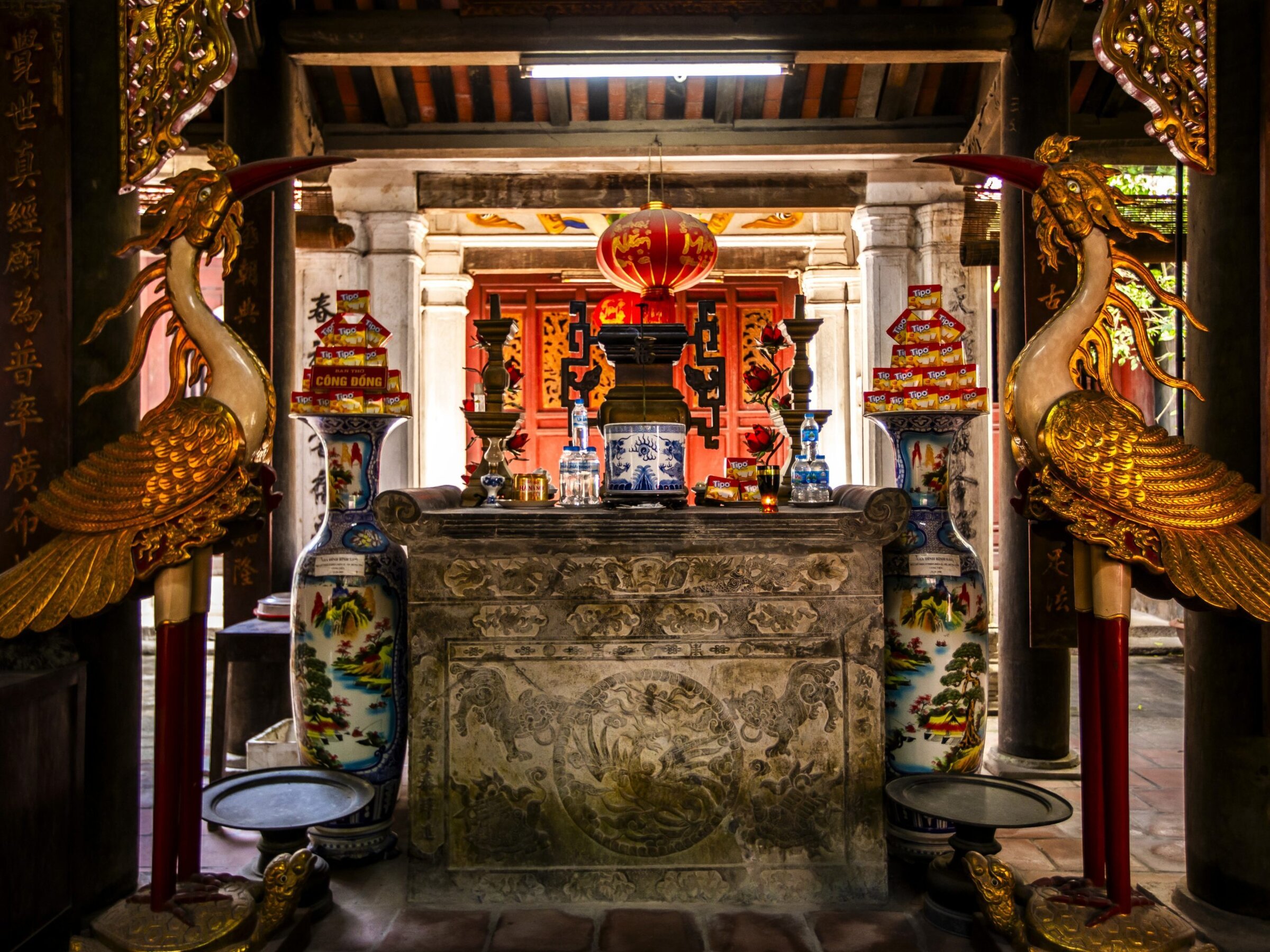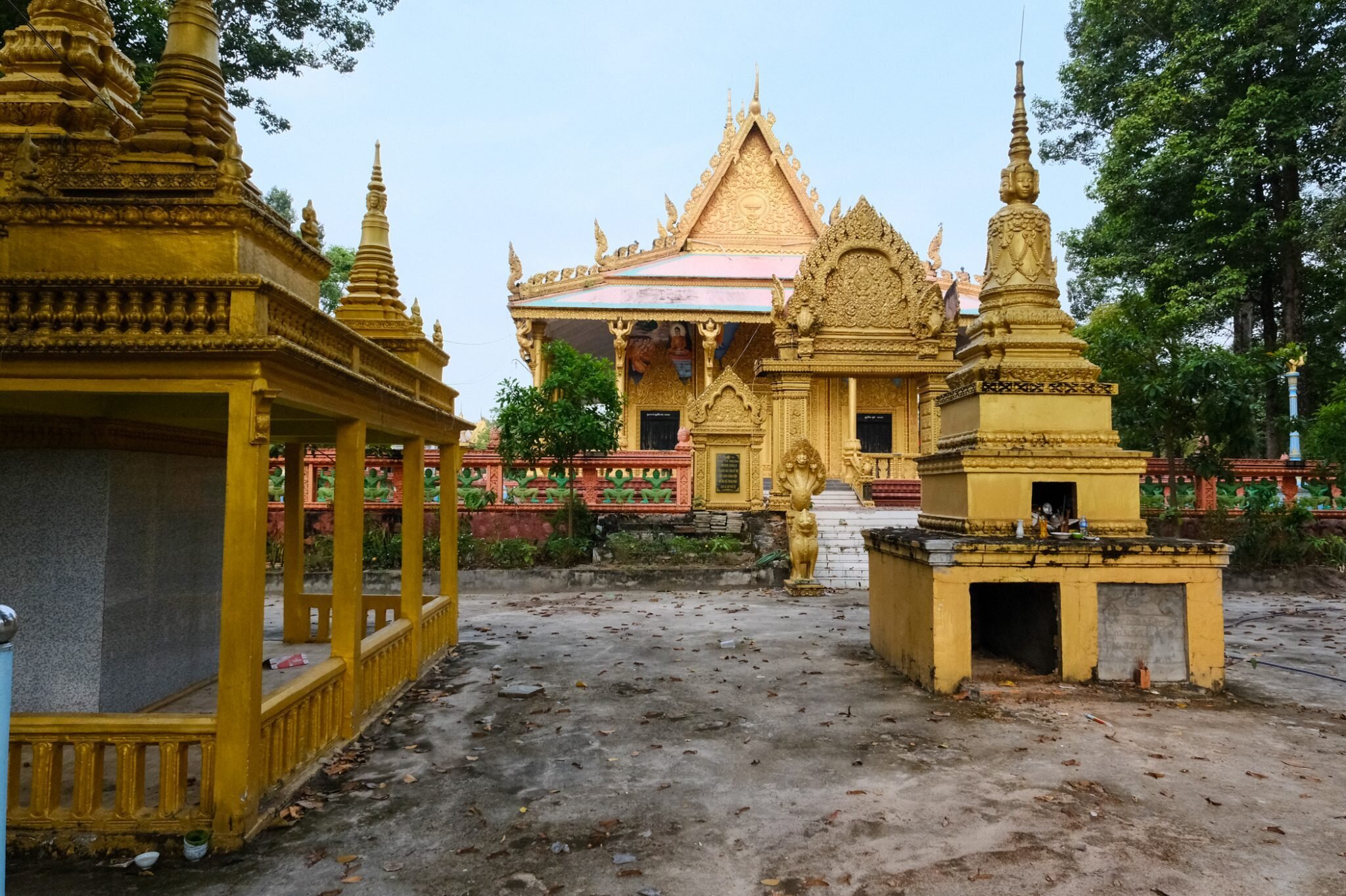Vietnam Coracle
An attractive online platform dedicated to Vietnam and its regional and minority cultures, with useful tips for travelers.
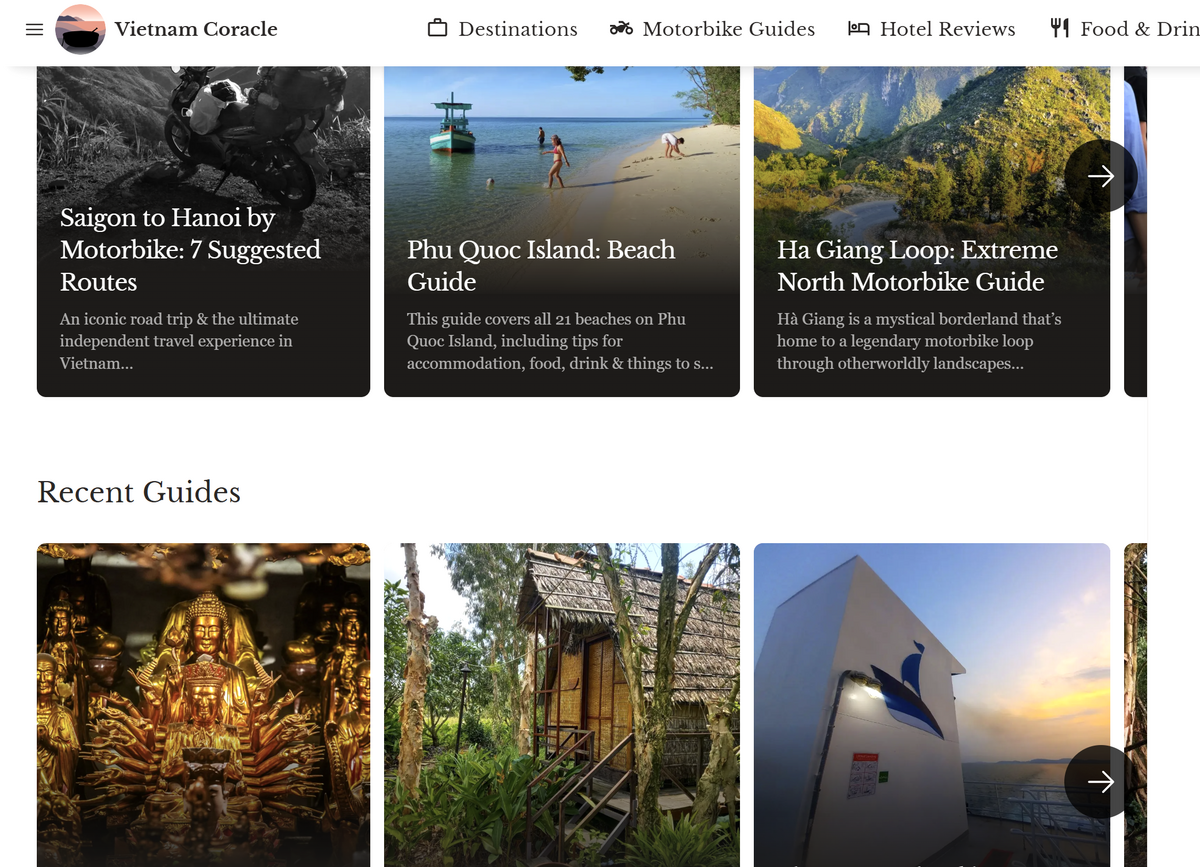
Published: 2012
Language : English
An independent travel website focusing on Vietnam and its cultural treasures, Vietnam Coracle was founded in 2012 by Tom, a Londoner who moved to Vietnam in 2009. With some 2,000 subscribers, a team of Vietnamese citizens and residents as contributing writers and photographers, the attractively designed and free-access website offers detailed, unsponsored contents as well as films, guides and maps of places of interest around Vietnam.
‘Coracle’ refers to the small ‘basket boats’ used by fishermen to transport their catch from the boats to the beaches. Made of woven wicker, these light, graceful floating structures have been traditionally a staple of river and ocean life in Wales, Ireland, India, Irak, and Vietnam where they are known as thuyền thúng. “I like to think of the coracle as a metaphor for freedom of movement and independent travel,” notes the website founder on the About page.
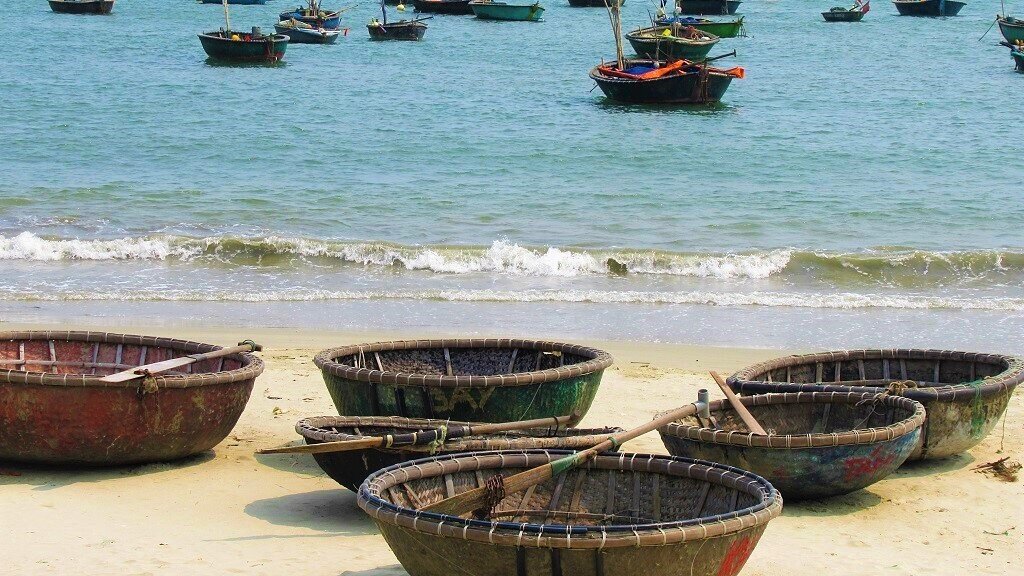
1) Coracles on a Vietnamese beach [photo by Vietnam Coracle]. 2) Shot of a coracle illustrating a 2020 blog post by Manh Kha at Tepbac.com.
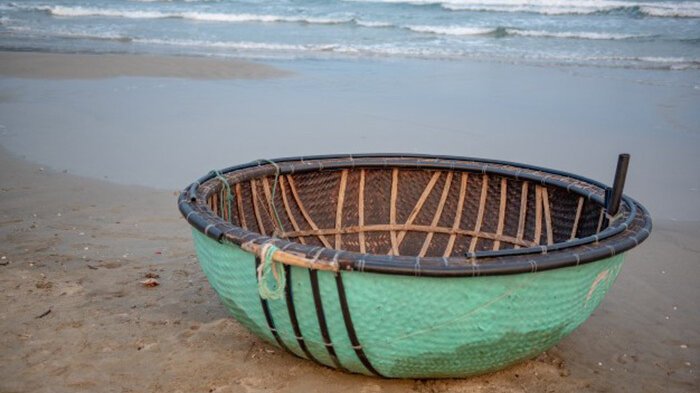
1) Coracles on a Vietnamese beach [photo by Vietnam Coracle]. 2) Shot of a coracle illustrating a 2020 blog post by Manh Kha at Tepbac.com.
1) Coracles on a Vietnamese beach [photo by Vietnam Coracle]. 2) Shot of a coracle illustrating a 2020 blog post by Manh Kha at Tepbac.com.
Going further than your typical tourist guide, Vietnam Coracle runs detailed, richly illustrated entries featuring historic places in Vietnam. In September 2025, for instance, contributor Phương Lê, an independent photographer and writer, published an in-depth presentation of Phố Hiến, “a once-thriving international trading port on the Red River 50 kilometres southeast of Hanoi, and today one of northern Vietnam’s most evocative heritage towns. In its prime, Phố Hiến rivalled even Thăng Long (Hanoi), earning the saying “Thứ nhất Kinh Kỳ, thứ nhì Phố Hiến” (The most prosperous area is the Imperial capital city, the second is Phố Hiến).”
“Inside the Main Hall at Vo Mieu, Phở Hien” [photo by Phương Lê for Vietnam Coracle].
As Vietnamese and Khmer cultures often overlap, particularly in the Mekong Delta, there are numerous entries reflecting this shared heritage. In April 2023, for instance, a “behind-the-scenes contribution” recalled a family trip to Sóc Trăng Province: “Rarely visited by foreign travellers, Sóc Trăng has a large Khmer population and the province is dotted with hundreds of distinctive Theravada Buddhist temples. I’d previously explored the Khmer temples in neighbouring Trà Vinh Province while researching my Temple-Hopping Loop, but I’d never spent much time doing the same in Sóc Trăng. Although the cities and towns in Sóc Trăng are busy, bustling, and full of life and commerce, inside the temple compounds it’s a much quieter, calmer, greener (and gilded) world. While in the fishing port of Trần Đề we also visited a local whale worship temple, where the remains of whales and dolphins are interred beneath altars and the names of fishermen lost at sea are written on the walls.”
Other entries deal with the “Mekong Delta melting pot”, in particular in the Châu Đốc and Ang Giang areas, where Cham, Khmer and Cao Dai (a syncretic religion which appeared in the 1920s) influences are still very much alive.
Chùa Văn Râu Khmer Temple, An Giang Province [photo Vietnam Coracle].
It ia possible to become a patron of the website, or to make donations in support of the independent platform.
Tags: tourism, Vietnam, Vietnam history, Vietnamese traditions, Kampuchea Krom, whales, fishermen, whale worship, Cham

